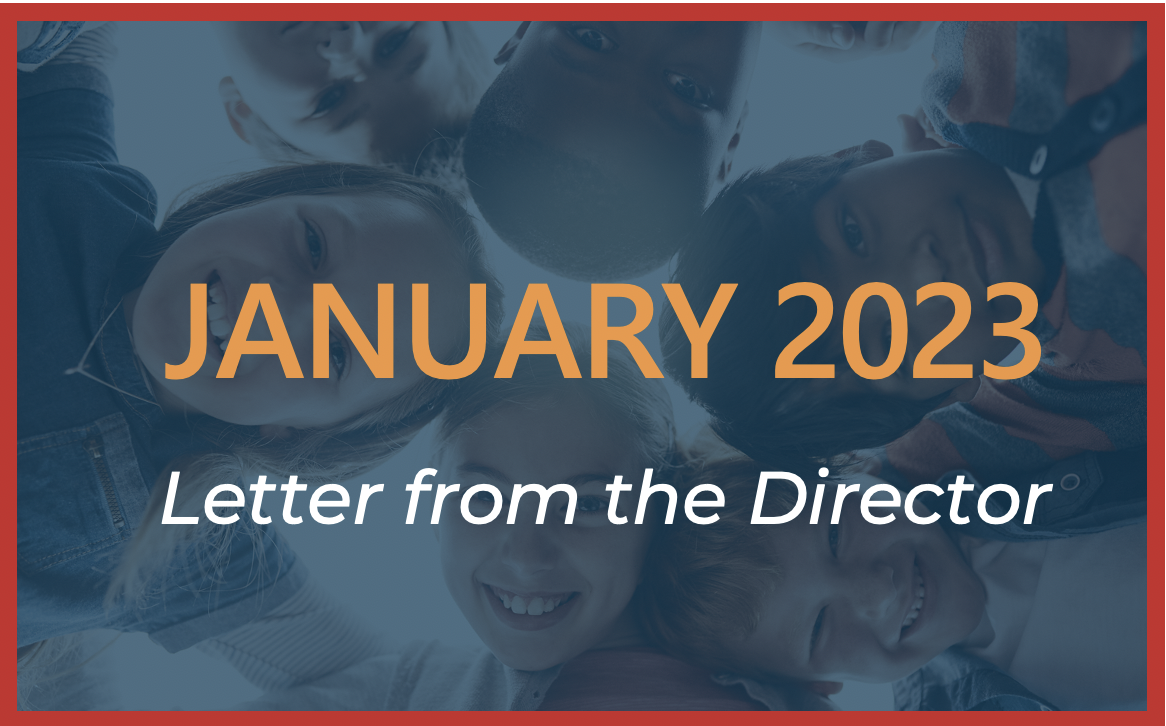On Monday, January 9th, the American Academy of Pediatrics (AAP) published new clinical practice guidelines (CPGs) for evaluating and treating obesity in children and adolescents. These new guidelines have been five years in the making and are the result of comprehensive, evidence-based research and deliberative committee processes. The previous guidelines from 2007 were the result of expert committee recommendations and focused primarily on diet, physical activity, and lifestyle behaviors, such as screen-time, for treating children and adolescents with obesity. The new, evidence-based guidelines reflect significant progress in understanding obesity as a chronic disease with a multitude of medical treatment options.
The new recommendations include evaluating children and adolescents for obesity-related comorbidities, treating overweight and obesity with a family-centered and non-stigmatizing approach, and referring children with overweight or obesity to intensive health behavior and lifestyle treatment. The guidelines also recommend that pediatricians offer adolescents 12 years and older with obesity (BMI ≥ 95th percentile) pharmacotherapy, when appropriate. The CPGs also recommend evaluating adolescents 13 years and older with severe obesity (BMI ≥ 120% of 95th percentile) for referral for metabolic and bariatric surgery.
Recent findings support the effectiveness of weight loss medications in children and adolescents. In December, 2022, the New England Journal of Medicine published a study on the effectiveness of once-weekly semaglutide use in adolescents with obesity. Participants, aged 12 to 18 years, were randomly assigned to receive once-weekly subcutaneous semaglutide or placebo for 68 weeks plus lifestyle intervention. For the 180 participants that completed the treatment plan, the mean change in BMI for those who received semaglutide was -16.8%, compared to +0.6% BMI units for participants who received the placebo. These results indicate the effectiveness of pharmacotherapy in addition to intensive behavioral therapy in reducing BMI for adolescents with obesity.
The updated recommendations have been criticized by media groups and individuals on social media platforms like Twitter. Some of the main criticisms are about the recommendation to treat obesity with pharmacotherapy and surgery. Critics have argued that the guidelines should instead advocate for diet and lifestyle changes and could increase the possibility of increasing eating disorders in adolescents. Solutions to obesity must be both lifestyle modification and options for more aggressive treatment if behavioral approaches fail. Rigorous trials of obesity therapy have not been associated with an increase in eating disorders. Many of the comments in response to the new CPGs fail to recognize obesity as a disease that should be treated with medical interventions but continue to view obesity as a personal failing resulting from poor lifestyle choices.
Throughout the updated guidelines, the AAP is clear in labeling obesity as a chronic disease resulting from a complex array of contributing factors. This indication is an important step forward in addressing the frequent stigma associated with obesity. By recognizing the systems-level factors that contribute to childhood obesity, the AAP emphasizes that there are social determinants of health that contribute to overweight and obesity in children, such as bullying and systemic racism.
While new guidelines and research reflect a promising future for the treatment of overweight and obesity in children and adolescents, significant challenges remain. The AAP acknowledged that it will be difficult for pediatric practices to absorb and implement all of the changes and recommendations provided in the new guidelines. Most pediatric practices lack the capacity to deliver the comprehensive, multi-component treatment necessary to meet the new guidelines. Finally, the lack of payment for obesity care remains a major barrier to the implementation of the new CPGs for child and adolescent obesity.


